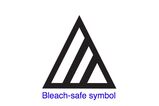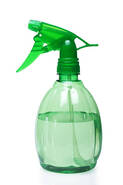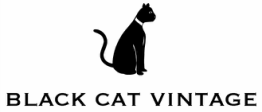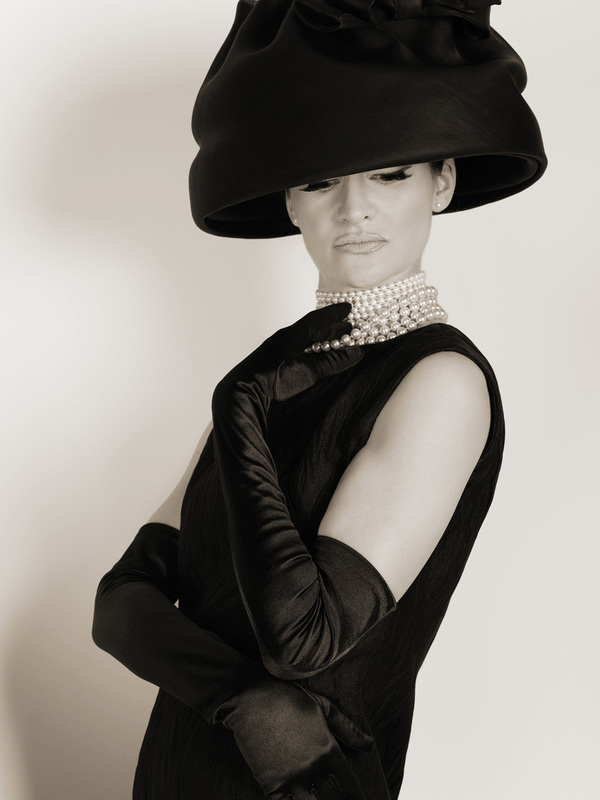Now as ever, what we wear is an extension of how we feel…
and clearly we are craving comfort
But despite the inundation of data on hand washing, avoiding touching your face, disinfecting high-touch surfaces and the benefits of social distancing, there has been surprisingly little information about Coronavirus’s life cycle on our second skin, our clothing.
As a purveyor of fine pre-owned clothing, the following information is vital to my livelihood, and I hope it will reassure my clients that the pieces in my collection are safe to purchase and enjoy whenever the time is right for them. And for the 7 billion people on Earth who wear clothing, may it help you now.
Stay safe, healthy and Hygge, humans.
Coronavirus & Textiles
Transmission
Current testing indicates COVID-19 can survive up to 72 hours on hard surfaces like glass, plastic and metal, so you would be forgiven for thinking that its life span might be even longer on porus materials like fabric, where it absorbs into fibers. But actually, the opposite is true.
Rachel Graham, a virologist at the University of North Carolina, explains that because the virus is transmitted via airborne droplets, when the lipid membrane that surrounds the virus is broken (i.e., absorbed into fabric), the virus becomes desiccated and its life cycle is reduced.
While few studies have been conducted on fabrics specifically, many have been conducted on cardboard, which is similar to textiles in its porosity; these studies indicate the virus remains viable for up to 24 hours after contamination.
Therefore, if you are unsure whether a particular garment has been contaminated, err on the side of caution: either handle it separately with disposable gloves and clean and disinfect (see below) as soon as possible, or glove-up and place it in a paper bag for 24 hours until the virus dies, and follow up with cleaning and disinfection thereafter.
For general laundry whose history is known or hasn’t been exposed to possible contamination, another good practice is to line your laundry hamper with a disposable bag or washable liner, or to place laundry in a pillow case and launder it with the rest of your items.
You might think Coronavirus would last longer on
porus materials like fabric,
but the opposite is true.
Cleaning
As with hard surfaces and skin, cleaning is paramount in ridding textiles of Coronavirus. Though disinfection may be done concurrently with cleaning, disinfection alone is incomplete, as soil, body oil and grime allow viruses to adhere to surfaces and transmit further disease.
Though good ol’ soap and water are excellent cleaners, the very best option to both clean and disinfect textiles is dry cleaning. The combination of solvent, heat and agitation are unbeaten in both ridding textiles of virus-trapping soil and killing any live viruses that may be present on fabric.
If fabric care labels call for laundering instead, many dry cleaners offer fluff and fold laundry services as well. These too are better than most at-home laundry machines, as commercial boilers are heated to higher temperatures than home water heaters and are thus even more effective virus killers.
Commercial laundries and dry cleaners have been designated essential businesses for precisely this reason. Check your local listings, as most also offer pick-up and delivery, allowing customers to shelter-in-place, benefit from their service and support weary local business simultaneously.
Whether doing your laundry at home or at a laundromat, use the hottest water possible that is still safe for the fabric, and tumble dry if indicated, again using the hottest possible setting that is still safe for the fabric. Like the Mind Flayer from Stranger Things, this virus hates heat, which quite literally dries the life out of it.
If fabrics aren’t safe to go in the dryer, don’t fret: the combination of detergent and the abrasion supplied during agitation are still enough to do the job. But if you happen to have some sunshine at your disposal, use it! UV light is an excellent de-contaminant in short bursts (though extended exposure over time will fade colors and yellow synthetic whites).
For guidelines on how to handle the laundry of someone currently infected with Coronavirus, click here.
Undoubtedly, washing machines are more powerful than a pair of hands and therefore are better equipped to remove contaminants from clothes. However, the most important ingredients—soap, water and abrasion—are still present when laundering by hand.
While hand-washing quantities of textiles is neither advised nor sustainable over the long term, hand washing small numbers of items will do in a pinch. (My favorite hand-washing detergents are Dr. Bronner's liquid castile soap and Ovacion by Forever New.) Again, use the hottest water safe for your fabrics, soak them for a minimum of 10 minutes, and agitate them to create suds. Rinse thoroughly, but don’t wring, as this can misshape clothes: simply roll them up and press the water out of them. Then either hang (outside if possible!) or lay flat to dry.
Disinfection refers to the application of chemicals or treatments to kill germs on surfaces. As disinfection processes do not remove germs but instead kill them, they should be done in addition to (or concurrent with) cleaning to remove all pathogens.







 RSS Feed
RSS Feed
